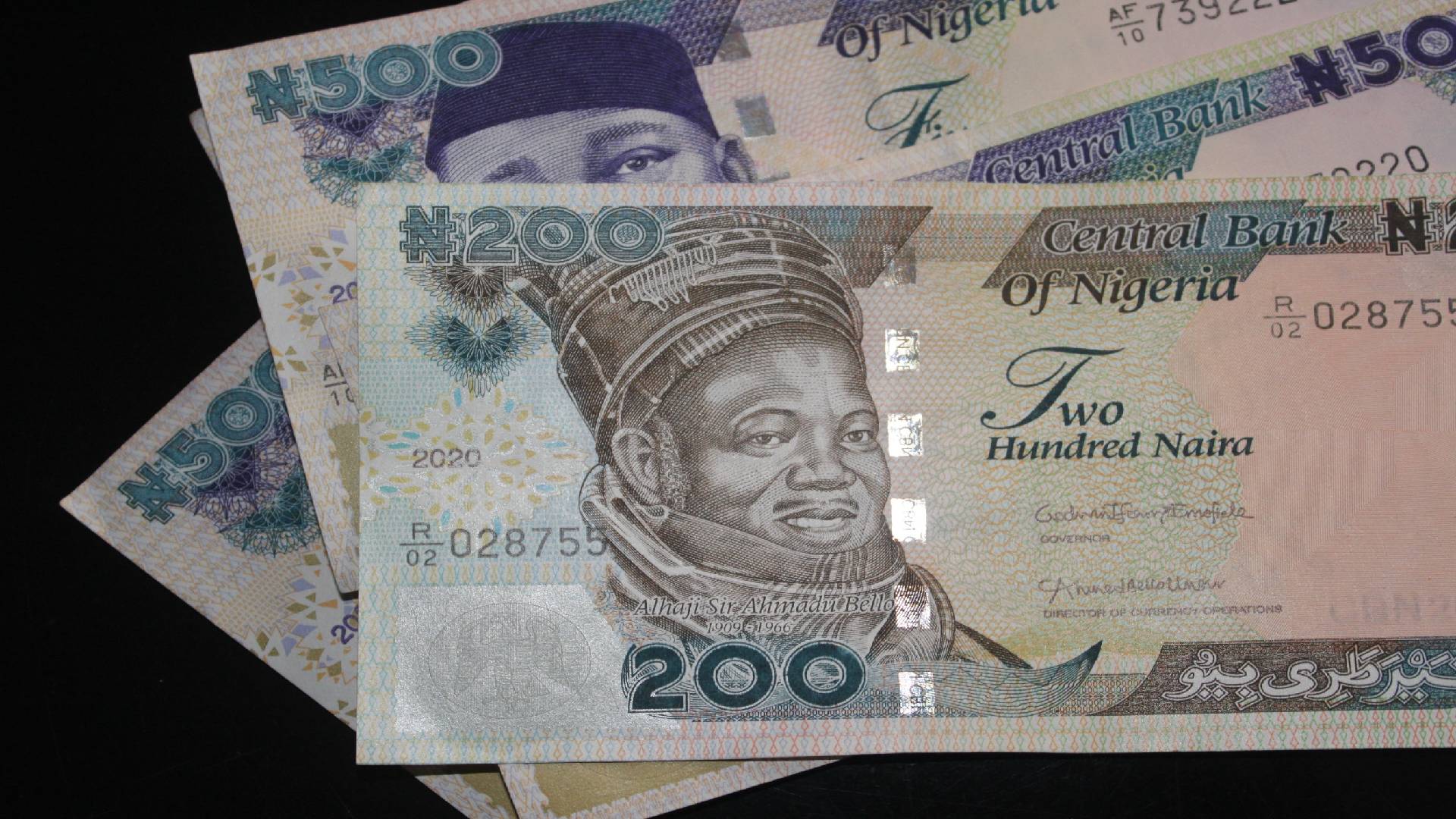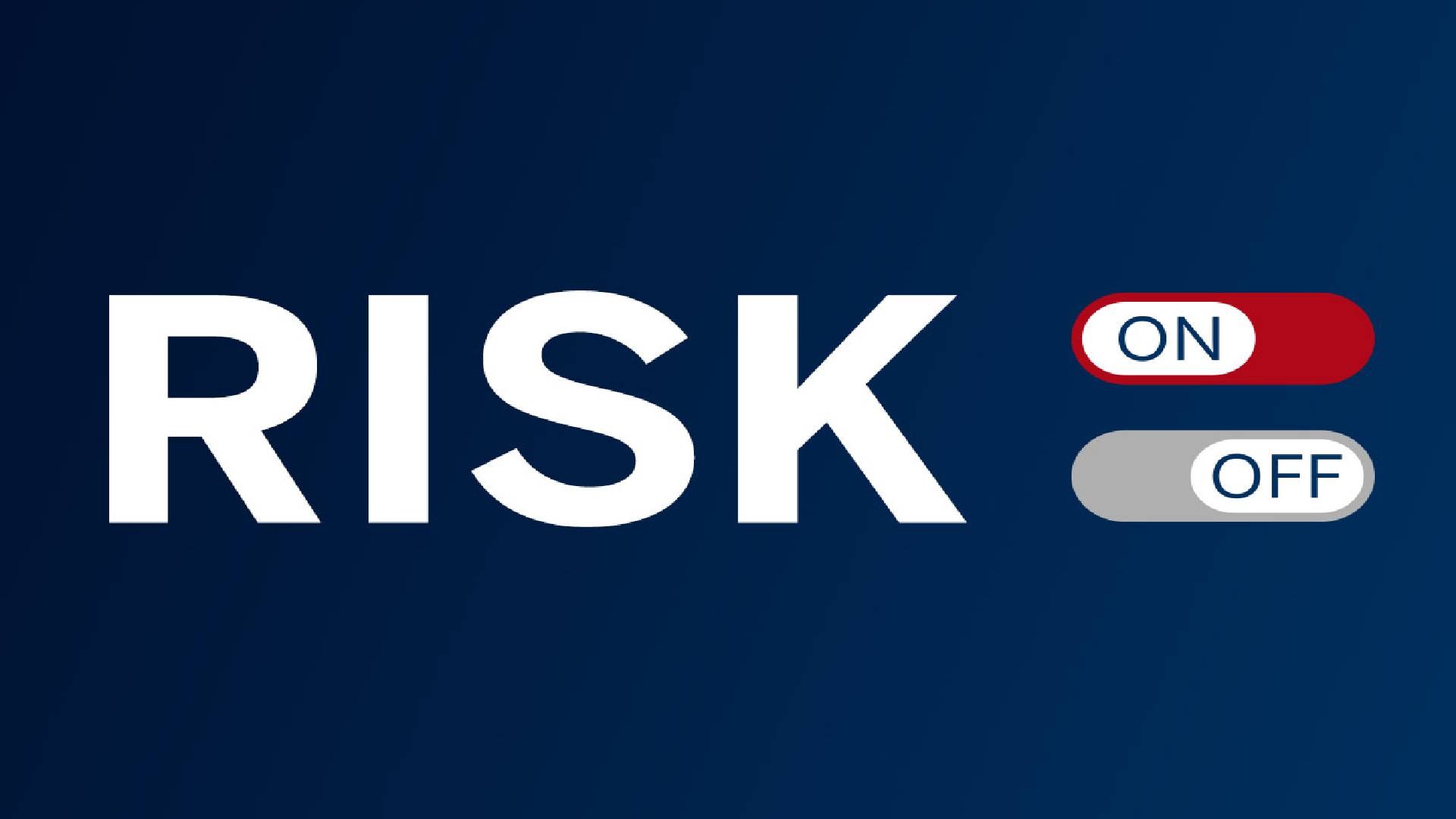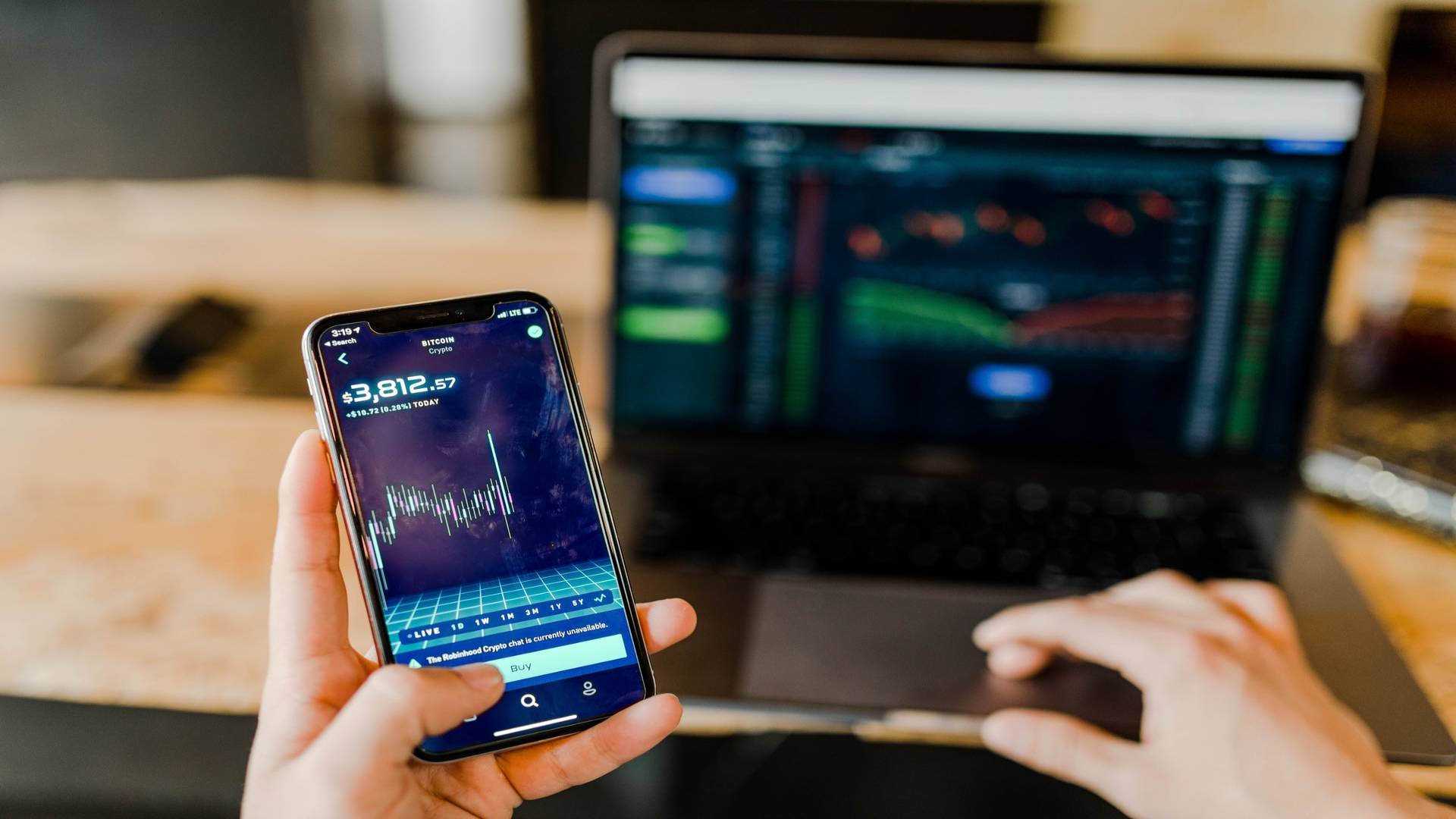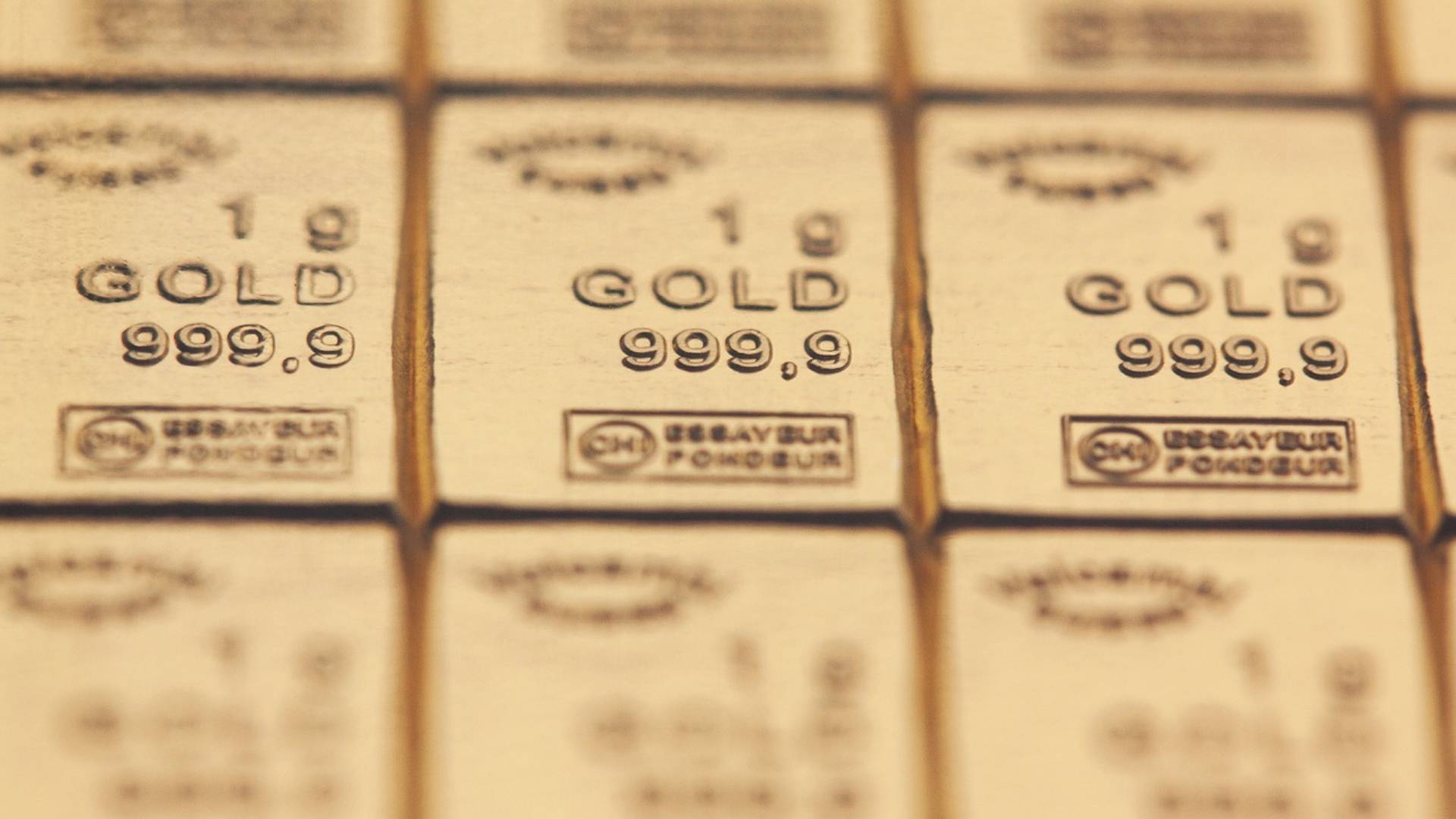 Before you start your trading journey you have to accept one thing – trading is not an easy thing to do. Anyone who has already spent at least a little time analysing currency charts will surely admit it. In order to be successful in trading currencies, it requires both knowledge, time and experience. This can be compared to natural selection – survival of the fittest. And there is no exaggeration in it. Trading is not for everyone and anyone who is not suitable for trading will quickly find out. Some people give up after the first failure, others try over and over again. Many beginners manage to get on the right track only after a while. It is definitely a sport for the persistent.
Before you start your trading journey you have to accept one thing – trading is not an easy thing to do. Anyone who has already spent at least a little time analysing currency charts will surely admit it. In order to be successful in trading currencies, it requires both knowledge, time and experience. This can be compared to natural selection – survival of the fittest. And there is no exaggeration in it. Trading is not for everyone and anyone who is not suitable for trading will quickly find out. Some people give up after the first failure, others try over and over again. Many beginners manage to get on the right track only after a while. It is definitely a sport for the persistent.
As we said – It won’t be easy, but it’s good that you’re here. Reading this ebook will certainly help you to avoid many fundamental mistakes so that your first steps in the world of trading will be much more enjoyable, calm and effective for you. It is important not to take shortcuts. Taking the easy way always ends badly. That’s why you have to do it one by one – small steps. There is no other way to start making a profit on the currency market. Any shortcuts will only lead you to painful losses. But don’t worry – the market will reward you for your patience and hard work.
Trading mistakes – Deep water diving without knowledge
The basics are basic. The sooner you accept that the better for you as a trader. It is impossible to build a house without solid foundations. You can try but would you risk living in such a house? That is why it is so important to start from solid trading foundations. Thanks to this, we will gain an advantage over other market participants at the very beginning. That’s why, before you begin your trading adventure you need to learn about the most important issues of technical analysis, fundamental analysis – including, above all, macroeconomic indicators, basic functions of trading platforms, investment psychology and risk management. Only when you get familiar with all these topics you can seriously start thinking about getting into trading.
Once familiarise yourself with fundamental issues of trading, you can start making your first attempts to build a profitable trading system. We’re gonna be honest with your – it surely will be a challenging task. Creating a well-functioning, practical and effective system for trading in financial markets, whether currencies or derivatives, is a very time-consuming and laborious task. However, it is worth it! Crossing the maze of technical analysis indicators, dozens of indicators and hundreds of strategies offered online will get you rewarded with real trading profits. However, before you start trading on the real market, your strategy must be thoroughly tested, both in the current market conditions on a demo account and by means of backtests, i.e. automatic tests on historical data. Once your strategy is properly tested and proves to be profitable you can start making money trading in the financial markets.
Trading mistakes – No consistency in strategy implementation
So, you have your strategy developed and you’ve already made a couple of trades based on its indication. What if the results are not as expected? The first failures may lead to losing faith in your strategy. Bear in mind that you did not spend dozens of hours on a demo account testing indicators and strategies so that you did not use it after switching to the real account. After all, this is absurdly illogical and senseless.
If your strategy is profitable, keep trading. It often seems to traders, even when their strategy works perfectly, that if they ‘improve’ something in it, they will certainly start making even more money. Unfortunately, greed is not good in this case. Usually, such amendments will ruin your system and you will start losing money faster than you have earned it. Therefore, this behaviour should be completely avoided.
On the other hand, you also need to keep your nerves in check when you are losing money. If our investment strategy has yielded satisfactory results on a demo account, there is a good chance that the real account will be similar. A few unsuccessful transactions do not prove that the system is not functioning properly. Perhaps the loss is due to the fact that you have changed something in your system due to the stress that accompanies transactions in which you risk your hard-earned money. If, in turn, the strategy has actually stopped working, do not change quickly for a new one and keep trading the real market, but back off and start retesting the demo account.
Trading mistakes – No risk management rules
Any investor with experience in currency trading will say that without proper money management (MM) and risk management (i.e. capital and risk management), no strategy will function well. A strategy that does not take these two issues into account is not even a strategy. At the very beginning, before you even start trading, you have to determine how much you can transfer to the trading account and how much you are prepared to lose. In addition, you need to determine the amount of loss you can afford in a single trade and when you close profitable trades.
By definition, it is assumed that in a single transaction you should not risk more than 1% up to 3% of the total capital invested. The most common strategies work with a risk of 2% per each transaction. And not a penny more! Absolutely no bending of the established risk management rules is allowed. For this purpose, you set a stop loss order, an order that automatically closes the loss position when it reaches the set limit. In addition, the best practice is to set a take profit order, i.e. an order closing a profitable transaction at a distance twice as high as the opening level of the transaction as a stop loss order. Thanks to this, you will earn twice as much on profitable transactions as on loss-making ones, and you will also prevent yourself from taking positions that are too large in relation to the value of your trading account.








